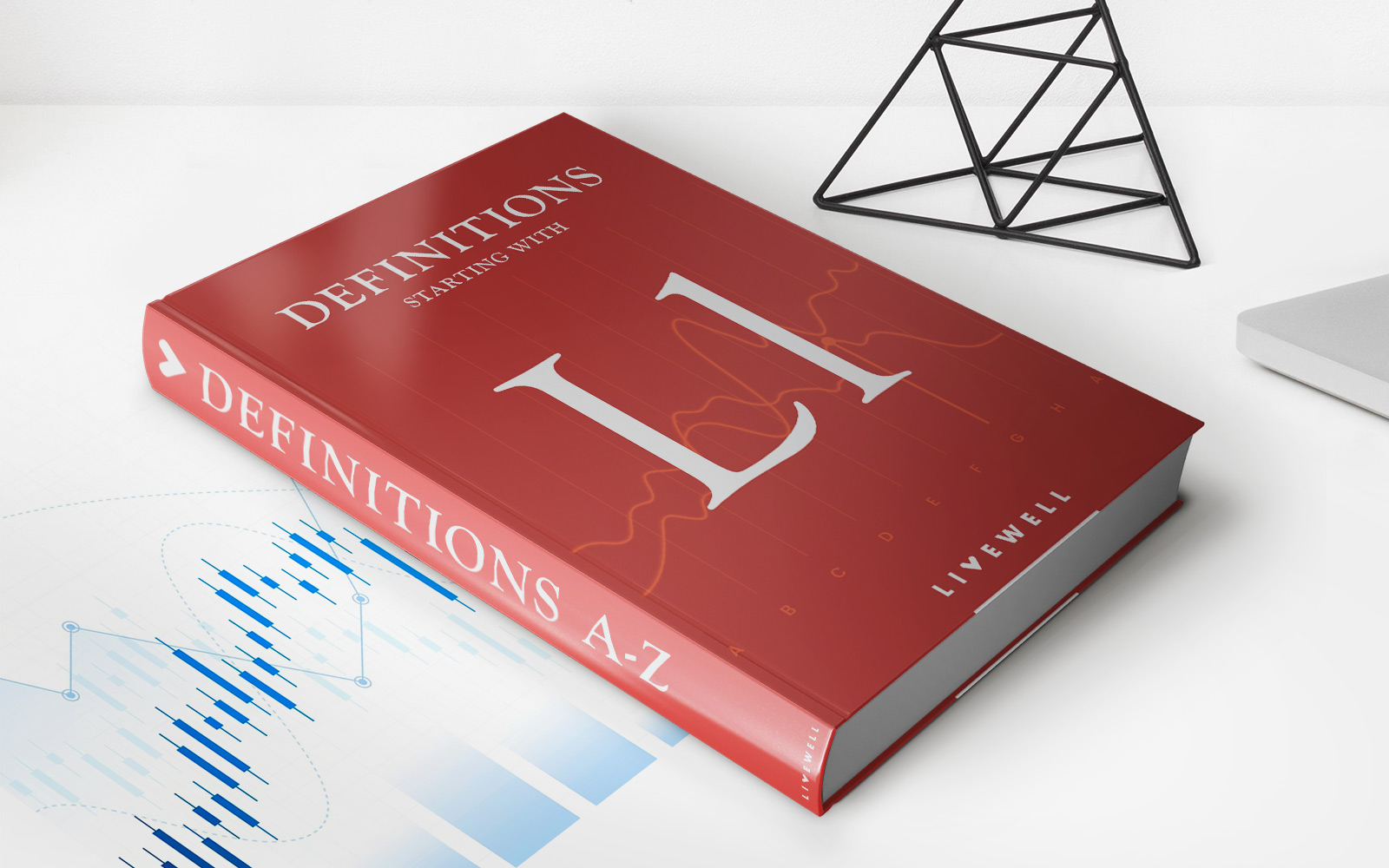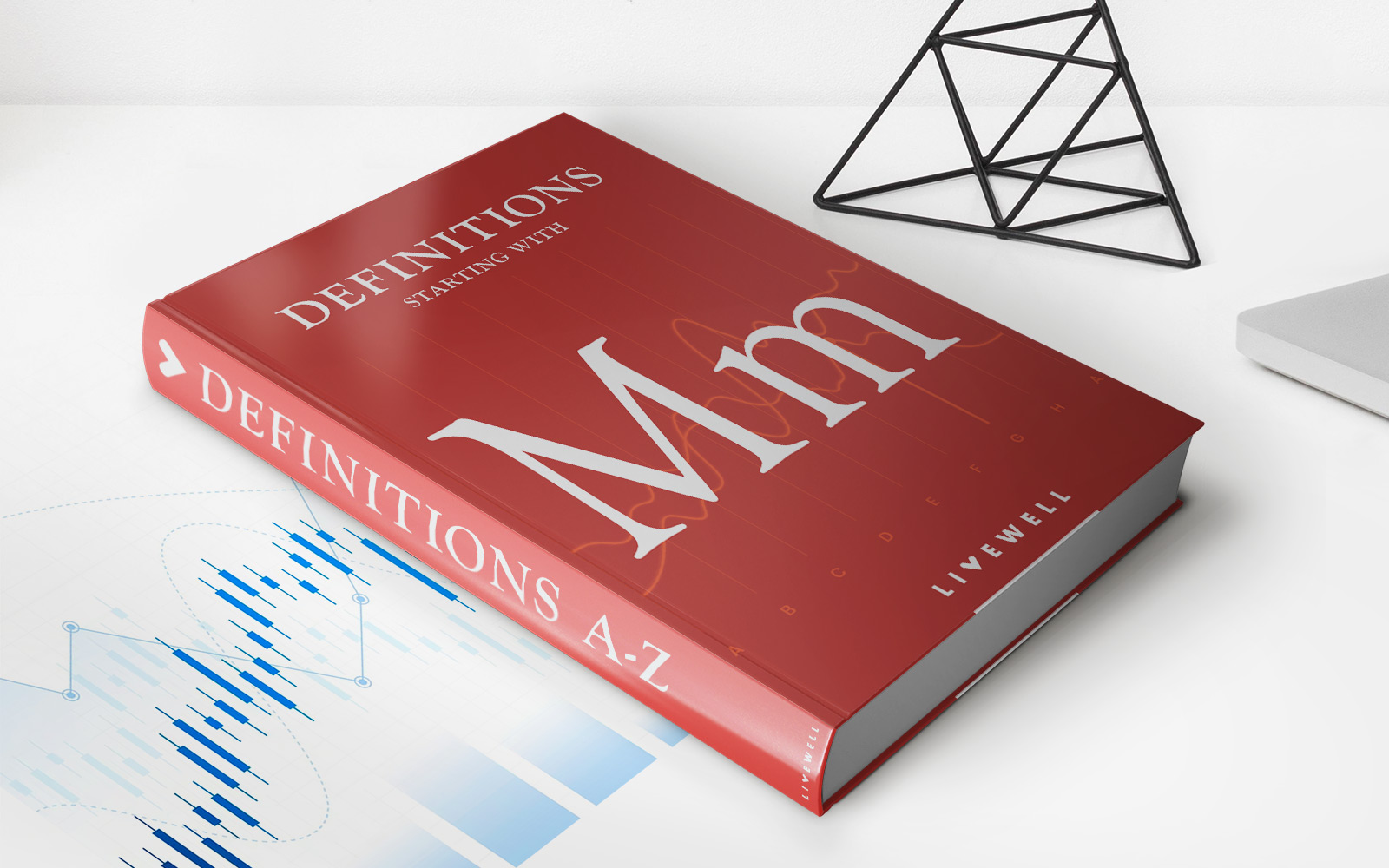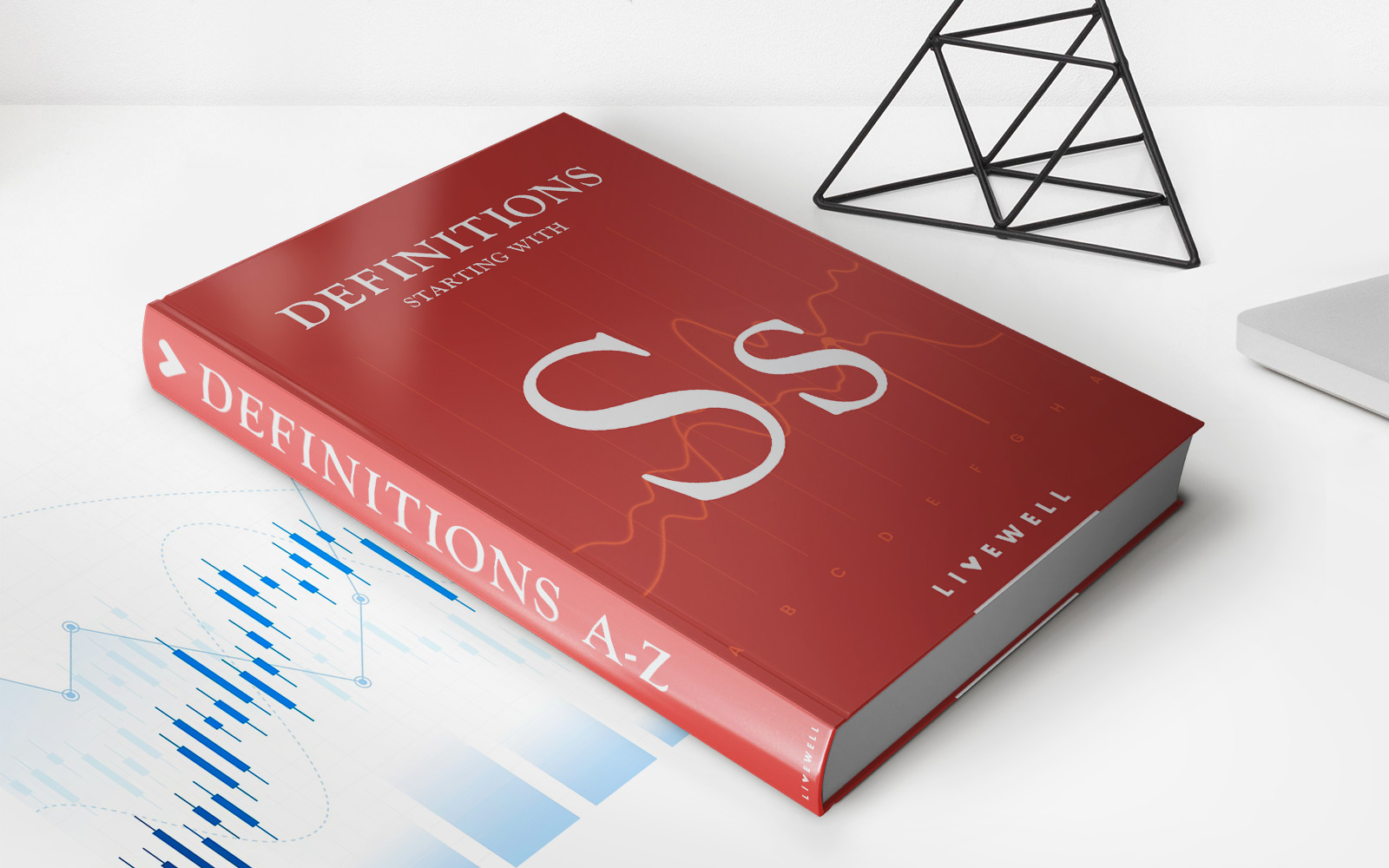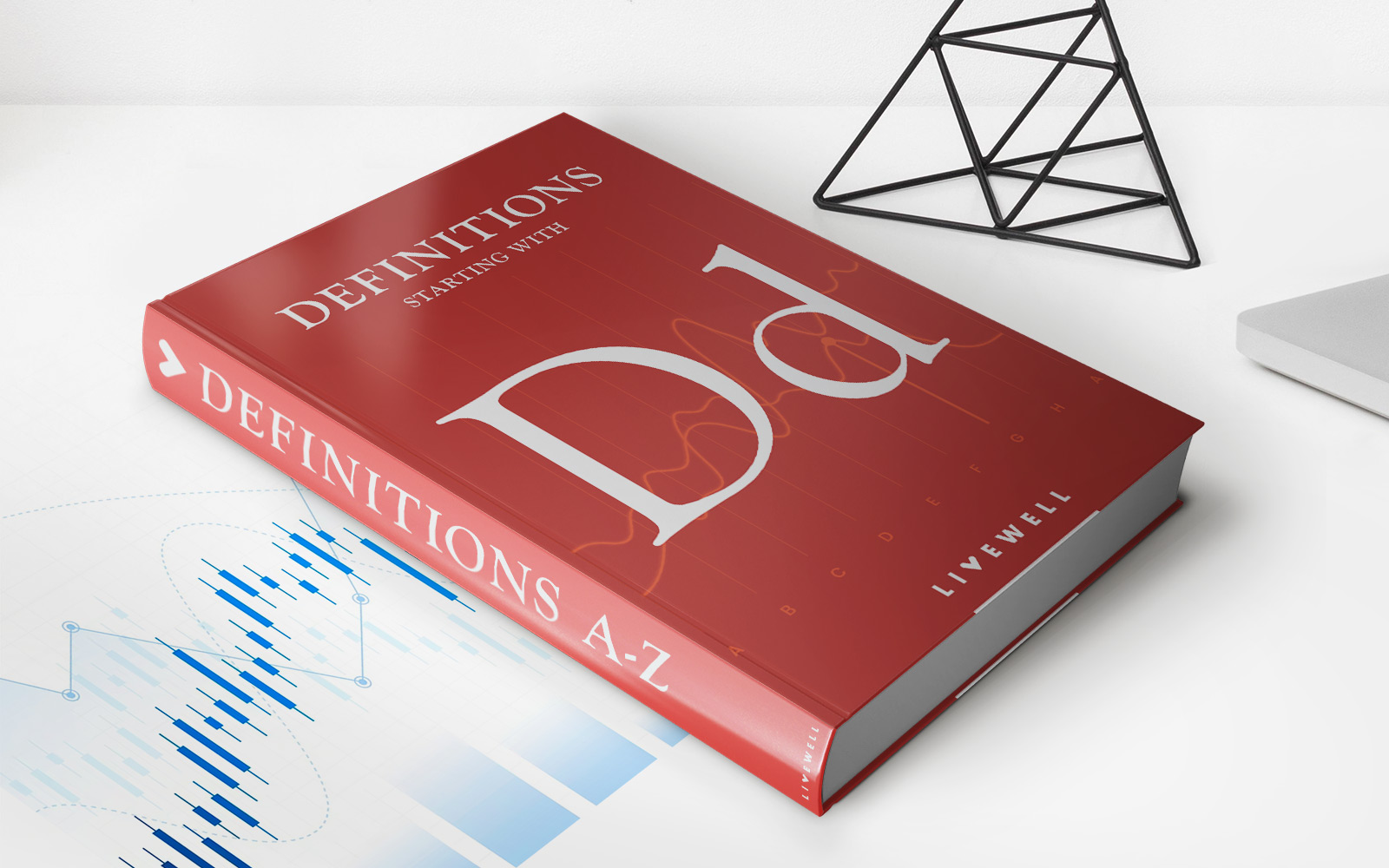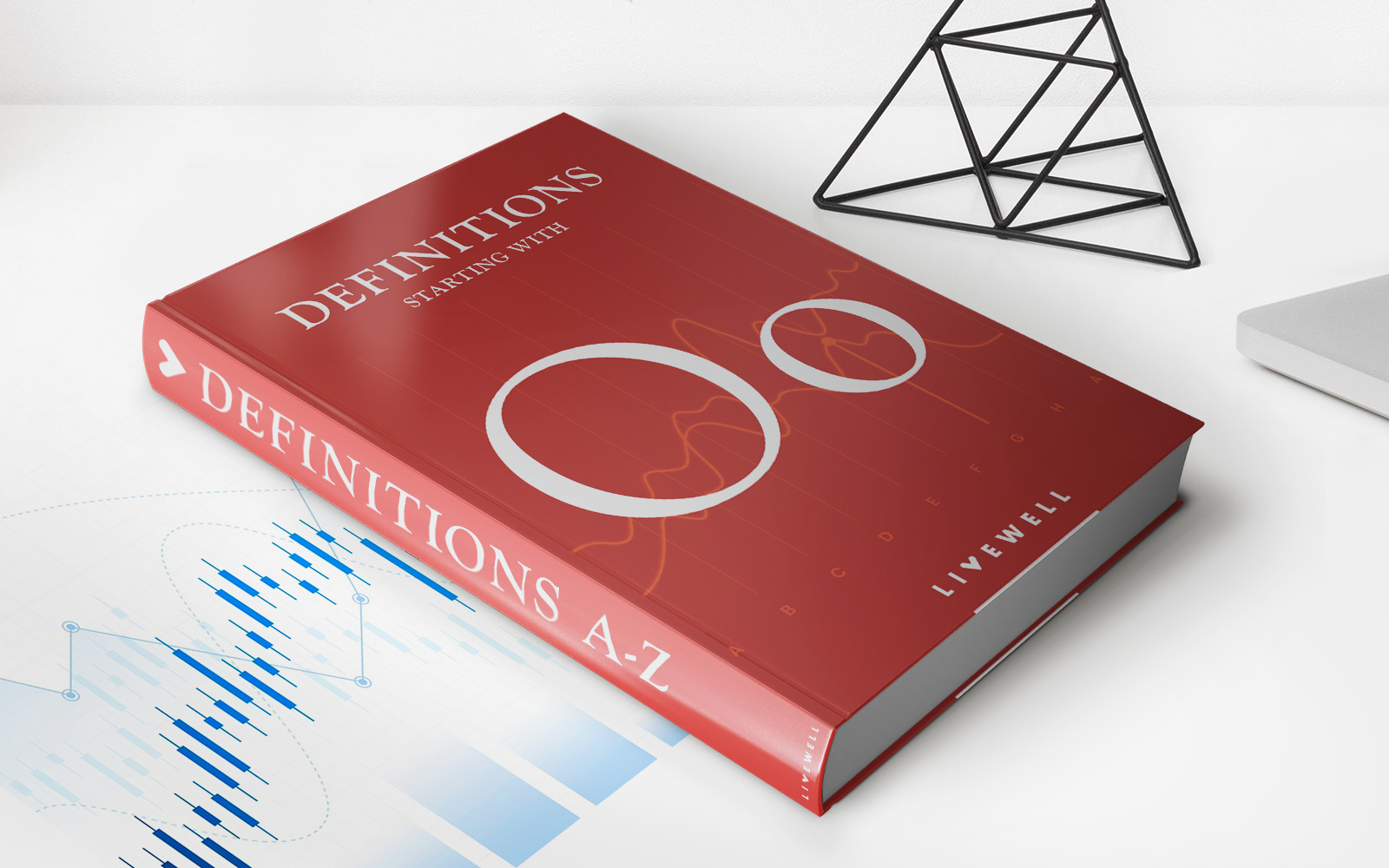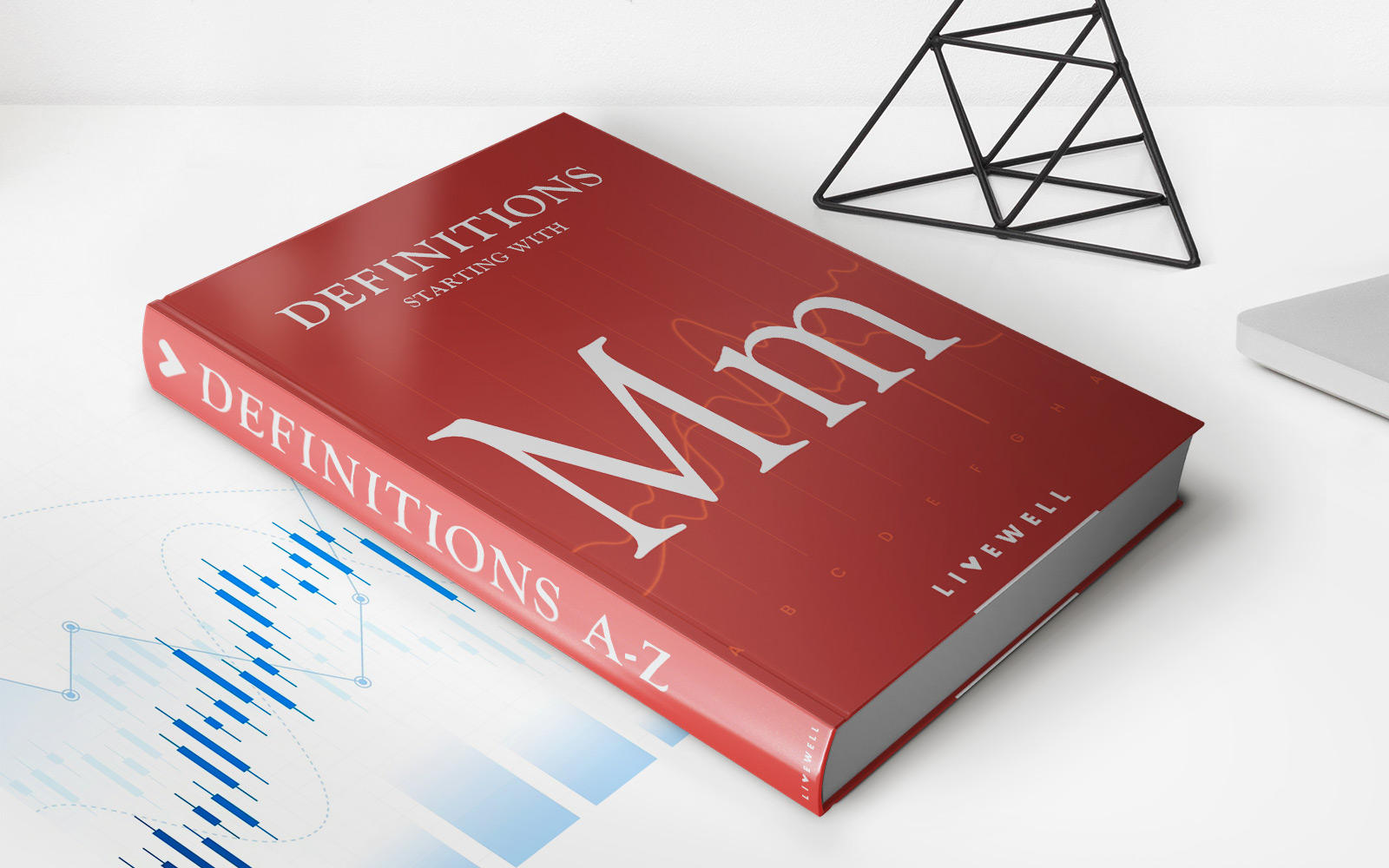Home>Finance>Aroon Oscillator: Definition, Calculation Formula, Trade Signals
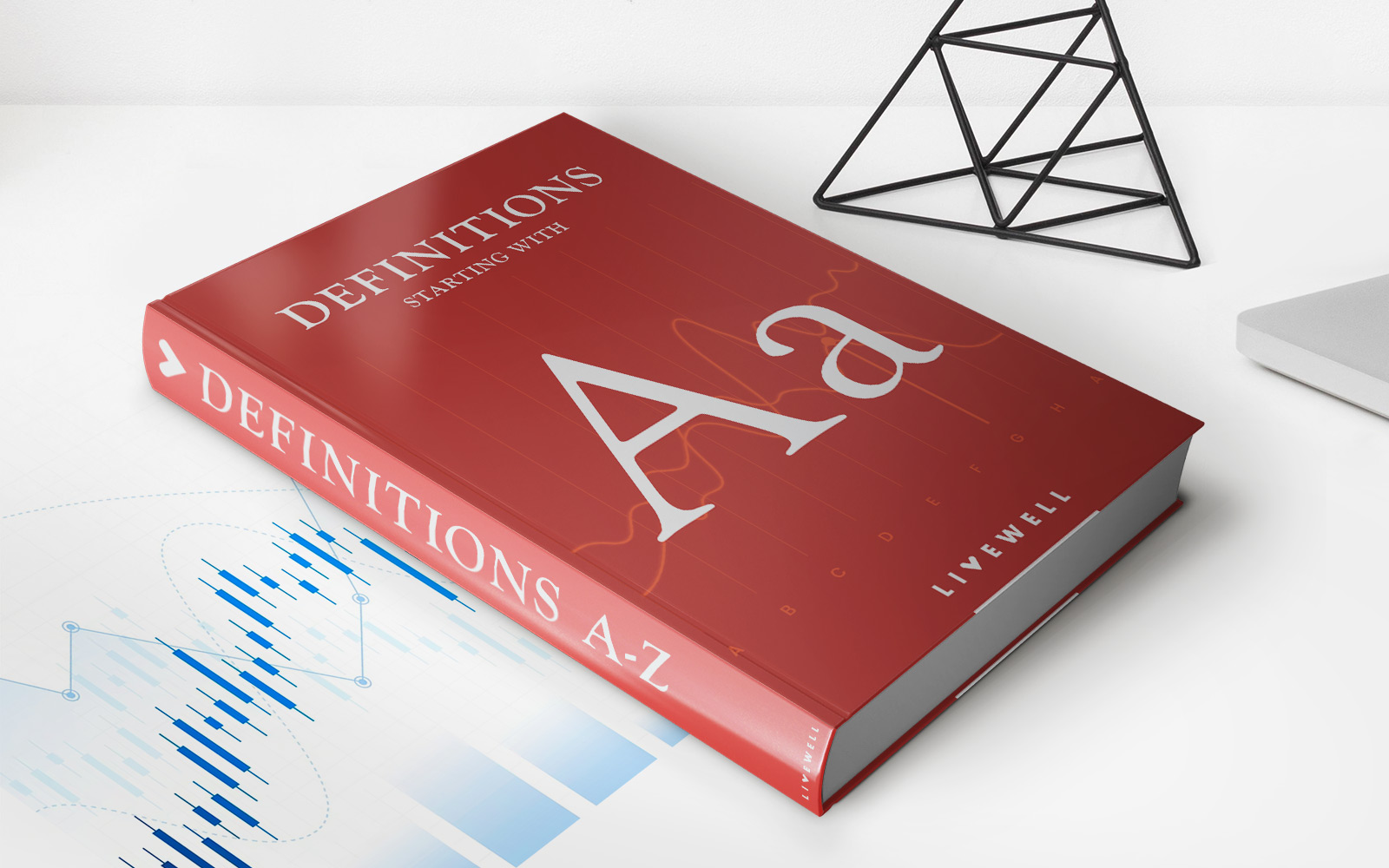

Finance
Aroon Oscillator: Definition, Calculation Formula, Trade Signals
Published: October 8, 2023
Learn about the Aroon Oscillator, its calculation formula, and how it generates trade signals. Discover how this finance tool can enhance your trading strategy.
(Many of the links in this article redirect to a specific reviewed product. Your purchase of these products through affiliate links helps to generate commission for LiveWell, at no extra cost. Learn more)
Aroon Oscillator: Definition, Calculation Formula, Trade Signals
Welcome to our finance category where we dive deep into various financial concepts and tools that can help investors make informed decisions. In this blog post, we will unravel the mysteries of the Aroon Oscillator, exploring its definition, calculation formula, and trade signals. If you’ve ever wondered how this tool can assist you in your financial endeavors, you’ve come to the right place.
Key Takeaways:
- The Aroon Oscillator is a technical analysis indicator used to gauge the strength and direction of a trend.
- It is calculated by subtracting the Aroon Down value from the Aroon Up value and is expressed as a percentage.
Now, let’s delve deeper into the intriguing world of the Aroon Oscillator. First and foremost, what exactly is the Aroon Oscillator? It is a popular technical analysis tool that helps traders identify trends and potential reversals in the market. By quantifying the time it takes for a stock or asset to reach its highest high or lowest low over a specific period, it provides insights into the underlying momentum and strength of the trend.
The Aroon Oscillator is calculated using the following formula:
Aroon Oscillator = (Aroon Up – Aroon Down)
The Aroon Up value represents the number of periods since the most recent high, while the Aroon Down value indicates the number of periods since the most recent low. By subtracting the Aroon Down value from the Aroon Up value, we obtain the Aroon Oscillator value, which is typically represented as a percentage.
When it comes to interpreting the Aroon Oscillator, there are a few crucial trade signals to keep in mind:
- Positive Aroon Oscillator: When the oscillator value is above zero, it suggests the presence of an uptrend, indicating a bullish sentiment in the market.
- Negative Aroon Oscillator: Conversely, when the oscillator value is below zero, it signifies a downtrend, implying a bearish sentiment.
- Crossover Signals: Traders also keep an eye out for crossover signals between the Aroon Up and Aroon Down lines. A bullish signal occurs when the Aroon Up line crosses above the Aroon Down line, while a bearish signal is generated when the Aroon Down line crosses above the Aroon Up line. These crossovers can indicate potential trend reversals.
The Aroon Oscillator provides a valuable tool for traders looking to identify potential trend changes and make more informed trading decisions. By understanding the strength and direction of trends, it allows investors to capitalize on market movements effectively.
As a conclusion, the Aroon Oscillator is a versatile technical analysis tool that can assist investors in understanding market trends and potential reversals. By utilizing its calculations and interpreting its trade signals, traders can enhance their decision-making process and increase their chances of success in the financial markets. So why not give the Aroon Oscillator a try and unlock the power of trend analysis?

